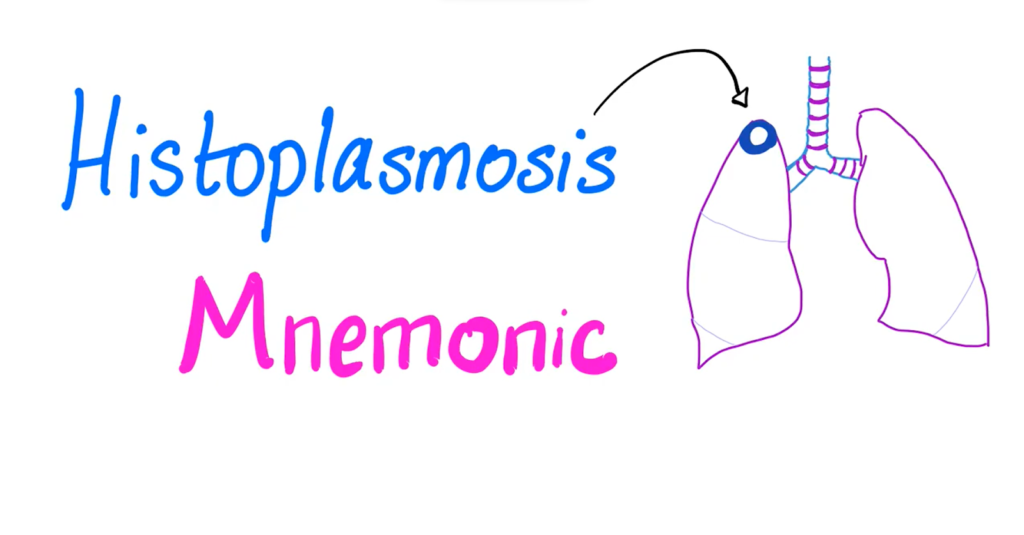Fungi are ubiquitous in our environment, and while many are harmless, some can cause diseases in humans. From skin conditions to respiratory issues, fungi have a diverse range of impacts on human health. In this article, we’ll explore five common diseases caused by fungi, their symptoms, and potential treatments.
| Fungal Infection | Commonly Found | Symptoms | Cause | Treatment |
|---|---|---|---|---|
| Athlete’s Foot | Feet, between toes. | Itching, burning, scaling. | Fungi in warm, moist areas. | OTC antifungal creams/powders; severe cases may need prescription meds. |
| Ringworm (Tinea Corporis) | Skin, various areas. | Red, itchy, scaly patches. | Fungal infection from contact. | OTC antifungal creams; severe cases may require oral meds. |
| Candidiasis | Mouth, genital area. | White patches, itching, discharge. | Candida yeast overgrowth. | Antifungal meds (creams, tablets) depending on location/severity. |
| Aspergillosis | Lungs, sinuses. | Cough, fever, chest pain. | Inhalation of Aspergillus spores. | Antifungal meds, possible surgery for severe cases. |
| Histoplasmosis | Lungs. | Fever, cough, fatigue, chest pain. | Inhaled spores from bird/bat droppings. | Antifungal meds for severe cases; mild cases may resolve without treatment. |
Athlete’s Foot (Tinea Pedis)
Athlete’s foot, medically termed Tinea Pedis, is a common fungal infection that predominantly affects the foot, especially the area between the toes. This condition is not restricted to athletes, as its name might suggest, but is prevalent in many who expose their feet to warm and damp conditions.
- Location of Occurrence: This infection most frequently manifests between the toes, but it can also spread to other parts of the feet, including the soles and sides. In some instances, if left untreated or if there’s a secondary bacterial infection, it may affect the toenails, causing them to become discolored, thickened, and potentially crumbly;
- Identifying Symptoms: Individuals suffering from athlete’s foot often experience a variety of discomforts. The most telling signs include persistent itching and burning sensations, often accompanied by scaling of the skin. Over time, inflammation can set in, leading to redness and sometimes even blisters. When these blisters rupture, they may expose raw patches of skin that can be painful and susceptible to further infection;
- Underlying Causes: The root cause of athlete’s foot is a group of fungi that flourish in warm, damp environments. Such fungi are particularly fond of areas like public locker rooms, communal showers, and swimming pool surroundings, making them hotspots for transmission. Individuals who frequently walk barefoot in these areas or share shoes and socks are at an increased risk of contracting this infection;
- Effective Treatments: The good news is that athlete’s foot is treatable. For many, over-the-counter antifungal creams and powders prove effective in combating the infection. These medications are designed to curb the growth of the fungi, alleviating symptoms in the process. However, in more severe or persistent cases, where the infection might have spread or become resistant to standard treatments, a healthcare professional may prescribe stronger antifungal medications to ensure a thorough eradication of the fungi.
Ringworm (Tinea Corporis)
Ringworm, known in medical terms as Tinea Corporis, is a prevalent fungal infection impacting the skin. Contrary to what its name implies, this condition doesn’t involve worms. Instead, it’s characterized by the distinct circular patches it produces on the skin, which bear a resemblance to a worm in shape.
- Location of Occurrence: Ringworm can appear on various body parts, including arms, legs, back, and chest, showing its adaptability in manifestation;
- Recognizing the Symptoms: Characterized by red, itchy, and scaly patches, ringworm often forms circular patterns. As it grows, the center might clear, creating a ringed appearance. Some patches can become raised, blistered, or crusty;
- How It Spreads: The fungi behind ringworm flourish in warm, moist areas. Transmission can result from direct contact with infected people or pets, or through items like towels or communal spaces such as gyms;
- Effective Remedies: Over-the-counter antifungal creams typically address ringworm by hindering fungal growth. In stubborn cases, oral antifungal medications prescribed by professionals provide a broader treatment approach.
Candidiasis

Candidiasis, often colloquially known as a yeast infection, is a fungal infection arising from an overgrowth of the Candida species of yeast. While Candida is a natural inhabitant of our bodies and typically coexists without causing harm, certain circumstances can lead to its proliferation, resulting in candidiasis.
- Where It Strikes: Candidiasis can affect multiple body parts including the mouth (oral candidiasis or thrush), genitals (often termed yeast infection), and intestines. Each area might require a different treatment approach due to the varying sensitivities;
- Spotting the Symptoms: Symptoms differ by location. Oral candidiasis may show as white patches in the mouth, which can be sore or bleed. Vaginal candidiasis manifests with itching, burning, and a unique “cottage cheese-like” discharge. Intestinal candidiasis can cause digestive discomfort;
- Root Causes: Candidiasis arises from an overgrowth of Candida yeast. Factors like a weakened immune system, certain medications, hormonal shifts, or other health issues can upset our body’s microbial balance, leading to infection;
- Approaches to Treatment: Treatment focuses on countering the Candida overgrowth. Topical antifungal treatments are common for skin or vaginal infections. Oral candidiasis might require lozenges or liquid suspensions. Persistent or severe cases may need oral antifungal tablets. Professional medical guidance is essential for effective treatment and to prevent recurrence.
Aspergillosis
Aspergillosis is a collection of diseases caused by the fungus Aspergillus, a common mold that lives both indoors and outdoors. While most people breathe in Aspergillus spores every day without getting sick, those with compromised immune systems or underlying lung diseases may be more susceptible to developing infections.
- Typical Sites of Infection: This fungal infection prominently targets the respiratory system, colonizing the lungs and the sinus cavities. The lungs, with their warm and moist environment, provide an ideal habitat for the fungus to grow if the body’s defense mechanisms don’t eliminate it;
- Diverse Symptoms: Aspergillosis doesn’t have a one-size-fits-all presentation. Its symptoms can range from a mild, persistent cough to more severe manifestations like fever, chest pain, and difficulty breathing. The exact symptoms a person experiences can be influenced by the specific type of aspergillosis they have, whether it’s an allergic reaction, a fungal ball (aspergilloma), or an invasive infection;
- How It Spreads: At the root of aspergillosis is the Aspergillus species, prolific in nature. These fungi predominantly thrive on dead organic matter like leaves, compost, and decaying vegetation. When this matter is disturbed, it releases microscopic spores into the air. Once inhaled, these spores can establish themselves in susceptible individuals, leading to infection;
- Treatment Strategies: Addressing aspergillosis typically involves antifungal medications, often extending over several months to ensure complete eradication. In cases where an aspergilloma forms (a fungal ball in the lungs), surgery might be required to remove it, especially if it leads to symptoms or poses a risk of complications.
Histoplasmosis

Histoplasmosis is an infection caused by the fungus Histoplasma capsulatum. It’s a condition that, while often mild, can pose significant health risks if it progresses without intervention.
- Predominant Infection Sites: The lungs are the primary target of histoplasmosis. This respiratory infection develops when the microscopic fungal spores are inhaled into the lungs;
- Symptom Manifestation: Those infected with histoplasmosis may initially experience symptoms akin to the flu: fever, cough, fatigue, and chest pain. However, many individuals may have such mild symptoms that they don’t realize they’re infected, leading some cases to go undiagnosed;
- Source of Infection: The Histoplasma capsulatum fungus, responsible for histoplasmosis, has a strong association with bird and bat droppings. It thrives in soils rich in this organic material. People, especially those in occupations like farming or construction that involve soil disruption, are at a higher risk of inhaling the airborne spores and subsequently developing the infection;
- Approach to Treatment: While many mild cases of histoplasmosis resolve on their own without the need for medical intervention, more severe instances necessitate antifungal medications. These drugs help curb the growth and spread of the fungus, alleviating symptoms and preventing complications. Early detection and timely treatment are crucial for individuals at higher risk or those with compromised immune systems.
Conclusion
Fungal diseases are diverse in their presentation and impact. While some are mere annoyances, others can pose serious health risks, especially to individuals with compromised immune systems. Awareness of these conditions and early intervention is crucial. If you believe you have a fungal infection, it’s essential to consult a medical professional for accurate diagnosis and treatment. Remember, prevention is often the best cure: maintain personal hygiene, avoid walking barefoot in public places, and be cautious in environments where fungal spores are likely to be present. As we consider the various challenges posed by fungal diseases and the importance of prevention, it’s insightful to explore our article on the ‘Mode of Nutrition in Fungi.’ Understanding how fungi obtain their nutrients sheds light on their roles in these health-related conditions and emphasizes the significance of proactive measures.

